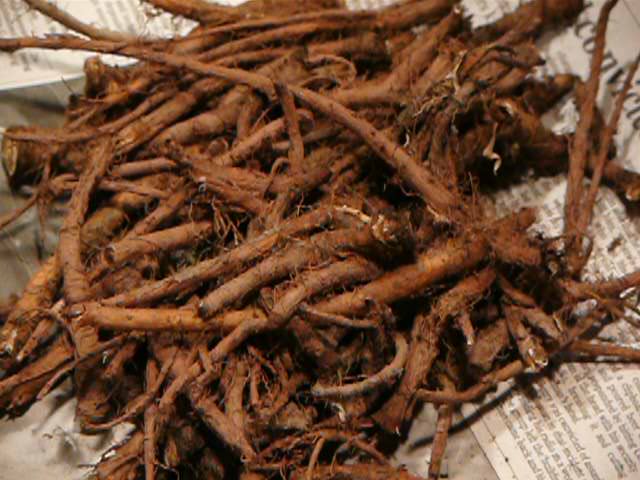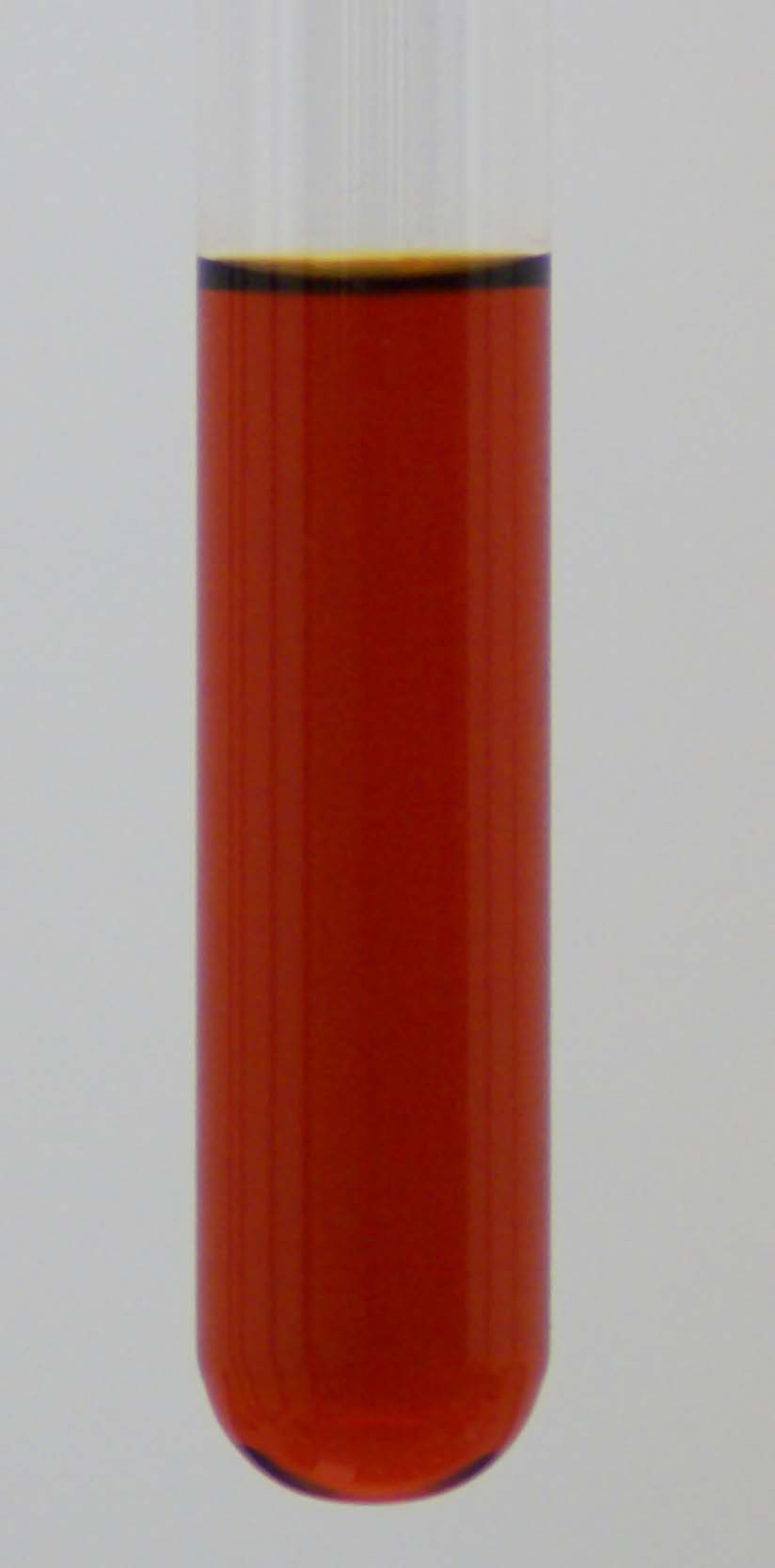|
Campesterol
Campesterol is a phytosterol whose chemical structure is similar to that of cholesterol, and is one of the ingredients for E number E499. Natural occurrences Many vegetables, fruits, nuts, and seeds contain campesterol, but in low concentrations. Banana, pomegranate, pepper, coffee, grapefruit, cucumber, onion, oat, potato, and lemon grass (citronella) are few examples of common sources containing campesterol at roughly 1–7 mg/100 g of the edible portion. In contrast, canola and corn oils contain as much as 16–100 mg/100 g. Levels are variable and are influenced by geography and growing environment. In addition, different strains have different levels of plant sterols. A number of new genetic strains are currently being engineered with the goal of producing varieties high in campesterol and other plant sterols. It is also found in dandelion coffee. It is so named because it was first isolated from the rapeseed (''Brassica campestris''). It is thought to have a ... [...More Info...] [...Related Items...] OR: [Wikipedia] [Google] [Baidu] |
Phytosterol
Phytosterols are phytosteroids, similar to cholesterol, that serve as structural components of biological membranes of plants. They encompass plant sterols and stanols. More than 250 sterols and related compounds have been identified. Free phytosterols extracted from oils are insoluble in water, relatively insoluble in oil, and soluble in alcohols. Phytosterol-enriched foods and dietary supplements have been marketed for decades. Despite well-documented LDL cholesterol-lowering effects from long-term consumption of phytosterols, there is insufficient evidence for an effect on cardiovascular diseases, fasting blood sugar, glycated hemoglobin, or overall mortality rate. Structure They have a fused polycyclic structure and vary in carbon side chains and / or presence or absence of a double bond (saturation). They are divided into 4,4-dimethyl phytosterols, 4-monomethyl phytosterols, and 4-desmethyl phytosterols based on the location of methyl groups at the carbon-4 position. St ... [...More Info...] [...Related Items...] OR: [Wikipedia] [Google] [Baidu] |
Phytosterol
Phytosterols are phytosteroids, similar to cholesterol, that serve as structural components of biological membranes of plants. They encompass plant sterols and stanols. More than 250 sterols and related compounds have been identified. Free phytosterols extracted from oils are insoluble in water, relatively insoluble in oil, and soluble in alcohols. Phytosterol-enriched foods and dietary supplements have been marketed for decades. Despite well-documented LDL cholesterol-lowering effects from long-term consumption of phytosterols, there is insufficient evidence for an effect on cardiovascular diseases, fasting blood sugar, glycated hemoglobin, or overall mortality rate. Structure They have a fused polycyclic structure and vary in carbon side chains and / or presence or absence of a double bond (saturation). They are divided into 4,4-dimethyl phytosterols, 4-monomethyl phytosterols, and 4-desmethyl phytosterols based on the location of methyl groups at the carbon-4 position. St ... [...More Info...] [...Related Items...] OR: [Wikipedia] [Google] [Baidu] |
Dandelion Coffee
Dandelion 'coffee' (also dandelion tea) is a tisane made from the root of the dandelion plant. The roasted dandelion root pieces and the beverage have some resemblance to coffee in appearance and taste, and it is thus commonly considered a coffee substitute. Dandelion root is used for both medicinal and culinary purposes and is thought to be a detoxifying herb. History The usage of the dandelion plant dates back to the ancient Egyptians, Greeks and Romans. Additionally, for over a thousand years, Chinese traditional medicine has been known to incorporate the plant. Susanna Moodie explained how to prepare dandelion 'coffee' in her memoir of living in Canada, ''Roughing it in the Bush'' (1852), where she mentions that she had heard of it from an article published in the 1830s in ''New York Albion'' by a certain Dr. Harrison. Dandelion 'coffee' was later mentioned in a '' Harpers New Monthly Magazine'' story in 1886. In 1919, dandelion root was noted as a source of cheap 'coffee' ... [...More Info...] [...Related Items...] OR: [Wikipedia] [Google] [Baidu] |
Anti-inflammatory
Anti-inflammatory is the property of a substance or treatment that reduces inflammation or swelling. Anti-inflammatory drugs, also called anti-inflammatories, make up about half of analgesics. These drugs remedy pain by reducing inflammation as opposed to opioids, which affect the central nervous system to block pain signaling to the brain. Nonsteroidal anti-inflammatory drugs Nonsteroidal anti-inflammatory drugs (NSAIDs) alleviate pain by counteracting the cyclooxygenase (COX) enzyme. On its own, COX enzyme synthesizes prostaglandins, creating inflammation. In whole, the NSAIDs prevent the prostaglandins from ever being synthesized, reducing or eliminating the inflammation and resulting pain. Some common examples of NSAIDs are aspirin, ibuprofen, and naproxen. The newer specific COX-inhibitors are not classified together with the traditional NSAIDs, even though they presumably share the same mode of action. On the other hand, there are analgesics that are commonly associat ... [...More Info...] [...Related Items...] OR: [Wikipedia] [Google] [Baidu] |
Lycopene
Lycopene is an organic compound classified as a tetraterpene and a carotene. Lycopene (from the neo-Latin ''Lycopersicum'', the tomato species) is a bright red carotenoid hydrocarbon found in tomatoes and other red fruits and vegetables. Occurrence Aside from tomatoes, it is found in red carrots, watermelons, grapefruits, and papayas. It is not present in strawberries or cherries. It has no vitamin A activity. In plants, algae, and other photosynthetic organisms, lycopene is an intermediate in the biosynthesis of many carotenoids, including beta-carotene, which is responsible for yellow, orange, or red pigmentation, photosynthesis, and photoprotection. Like all carotenoids, lycopene is a tetraterpene. It is insoluble in water. Eleven conjugated double bonds give lycopene its deep red color. Owing to the strong color, lycopene is useful as a food coloring (registered as E160d) and is approved for use in the US, Australia and New Zealand (registered as 160d) and the European ... [...More Info...] [...Related Items...] OR: [Wikipedia] [Google] [Baidu] |
Heart Disease
Cardiovascular disease (CVD) is a class of diseases that involve the heart or blood vessels. CVD includes coronary artery diseases (CAD) such as angina and myocardial infarction (commonly known as a heart attack). Other CVDs include stroke, heart failure, hypertensive heart disease, rheumatic heart disease, cardiomyopathy, abnormal heart rhythms, congenital heart disease, valvular heart disease, carditis, aortic aneurysms, peripheral artery disease, thromboembolic disease, and venous thrombosis. The underlying mechanisms vary depending on the disease. It is estimated that dietary risk factors are associated with 53% of CVD deaths. Coronary artery disease, stroke, and peripheral artery disease involve atherosclerosis. This may be caused by high blood pressure, smoking, diabetes mellitus, lack of exercise, obesity, high blood cholesterol, poor diet, excessive alcohol consumption, and poor sleep, among other things. High blood pressure is estimated to account for approximatel ... [...More Info...] [...Related Items...] OR: [Wikipedia] [Google] [Baidu] |
Atherosclerosis
Atherosclerosis is a pattern of the disease arteriosclerosis in which the wall of the artery develops abnormalities, called lesions. These lesions may lead to narrowing due to the buildup of atheroma, atheromatous plaque. At onset there are usually no symptoms, but if they develop, symptoms generally begin around middle age. When severe, it can result in coronary artery disease, stroke, peripheral artery disease, or kidney problems, depending on which Artery, arteries are affected. The exact cause is not known and is proposed to be multifactorial. Risk factors include dyslipidemia, abnormal cholesterol levels, elevated levels of inflammatory markers, high blood pressure, diabetes, smoking, obesity, family history, genetic, and an unhealthy diet. Atheroma, Plaque is made up of fat, cholesterol, calcium, and other substances found in the blood. The narrowing of Artery, arteries limits the flow of oxygen-rich blood to parts of the body. Diagnosis is based upon a physical exam, ele ... [...More Info...] [...Related Items...] OR: [Wikipedia] [Google] [Baidu] |
Hypercholesterolemia
Hypercholesterolemia, also called high cholesterol, is the presence of high levels of cholesterol in the blood. It is a form of hyperlipidemia (high levels of lipids in the blood), hyperlipoproteinemia (high levels of lipoproteins in the blood), and dyslipidemia (any abnormalities of lipid and lipoprotein levels in the blood). Elevated levels of non-HDL cholesterol and LDL in the blood may be a consequence of diet, obesity, inherited (genetic) diseases (such as LDL receptor mutations in familial hypercholesterolemia), or the presence of other diseases such as type 2 diabetes and an underactive thyroid. Cholesterol is one of three major classes of lipids produced and used by all animal cells to form membranes. Plant cells manufacture phytosterols (similar to cholesterol), but in rather small quantities. Cholesterol is the precursor of the steroid hormones and bile acids. Since cholesterol is insoluble in water, it is transported in the blood plasma within protein particles ... [...More Info...] [...Related Items...] OR: [Wikipedia] [Google] [Baidu] |
Bile Canaliculus
Bile canaliculus (plural:bile canaliculi; also called bile capillaries) is a thin tube that collects bile secreted by hepatocytes. The bile canaliculi empty into a series of progressively larger bile ductules and ducts, which eventually become common hepatic duct. The bile canaliculi empty directly into the Canals of Hering. Hepatocytes are polyhedral in shape, therefore having no set shape or design, although they are made of cuboidal epithelial cells. They have surfaces facing the sinusoids, (called sinusoidal faces) and surfaces which contact other hepatocytes, (called lateral faces). Bile canaliculi are formed by grooves on some of the lateral faces of these hepatocytes A hepatocyte is a cell of the main parenchymal tissue of the liver. Hepatocytes make up 80% of the liver's mass. These cells are involved in: * Protein synthesis * Protein storage * Transformation of carbohydrates * Synthesis of cholesterol, .... Microvilli are present in the canaliculi. External lin ... [...More Info...] [...Related Items...] OR: [Wikipedia] [Google] [Baidu] |
ABCG5/8
ABCG5 and ABCG8 genes encode for two proteins sterolin-1 and -2, respectively. Sterolin-1 and –2 are two ‘half’ adenosine triphosphate binding ( ATP) cassette (ABC) transporters which found to be indispensable for the regulation of sterol absorption and excretion. Mutations in either genes result in a lipid disorder, sitosterolemia. Locus of the genes The molecular mechanisms regulating the absorption of dietary sterols in the body are poorly understood, and as sitosterolemia is a rare autosomal recessively inherited lipid metabolic disorder characterized by hyperabsorption and decreased biliary excretion of dietary sterols, studies have focused on the molecular basis of sitosterolemia to shed light on important principles concerning intestinal sterol absorption as well as cholesterol secretion into bile. In 1998, sitosterolemia (STSL) locus has been mapped to the short arm of human chromosome 2 (2p21) after studying 10 well-characterized families with this disorder ... [...More Info...] [...Related Items...] OR: [Wikipedia] [Google] [Baidu] |
NPC1L1
Niemann-Pick C1-Like 1 (NPC1L1) is a protein found on the gastrointestinal tract epithelial cells as well as in hepatocytes. Specifically, it appears to bind to a critical mediator of cholesterol absorption. The drug ezetimibe inhibits NPC1L1 causing a reduction in cholesterol absorption, resulting in a blood cholesterol reduction of between 15-20%. Polymorphic variations in NPC1L1 gene could be associated with non-response to ezetimibe treatment. NPC1L1 has been shown to be an accessory receptor for hepatitis C virus entry into cells, and thus ezetimibe might be used as a therapeutic strategy. As cancer appeared more frequently in patients treated with simvastatin-ezetimibe Ezetimibe is a medication used to treat high blood cholesterol and certain other lipid abnormalities. Generally it is used together with dietary changes and a statin. Alone, it is less preferred than a statin. It is taken by mouth. It is also ... combination therapy in one clinical trial, it had been ... [...More Info...] [...Related Items...] OR: [Wikipedia] [Google] [Baidu] |



